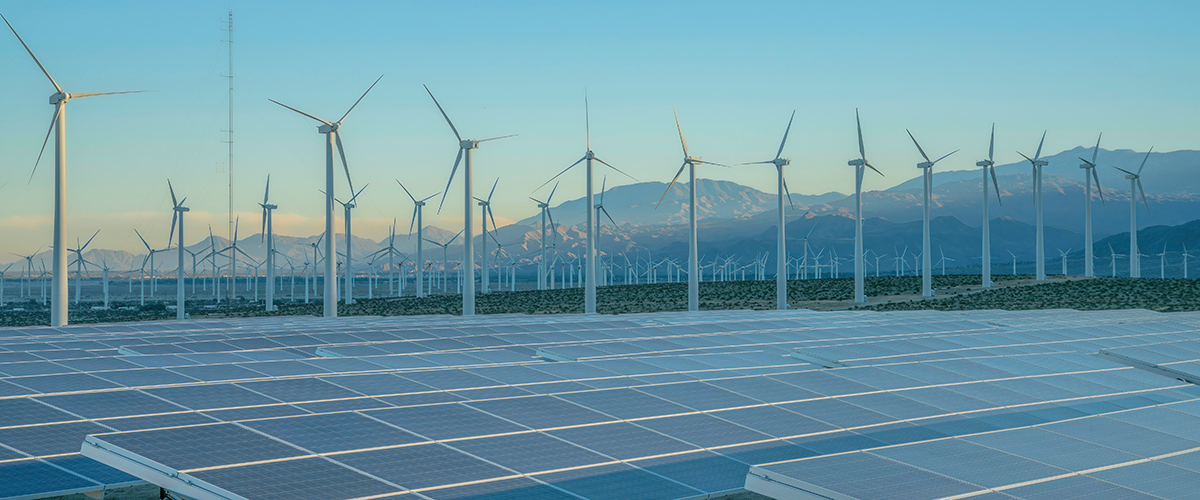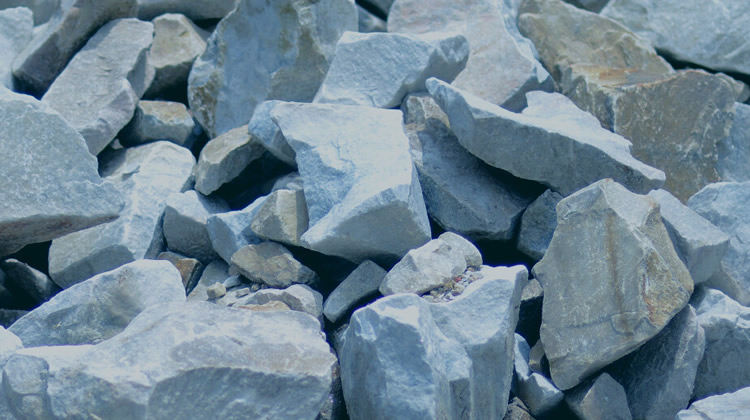Niger is the largest country in West Africa, covering 1.267 million square kilometers. But 80% of it is desert. Despite the country’s poverty, its natural resources play a major part in the economy.
The country is a top 10 uranium producer, with key reserves in the Aïr Massif region. Major sites include Arlit, Imouraren, and Dasa.
Petroleum deposits in eastern and central Niger are also gaining importance. Coal reserves at Anou Araren fuel uranium mining.
Other resources include gold (panned along the Sirba River), gypsum, and limestone (Malbaza and Ader Doutchi). Iron ore is found in the Say region, while traces of copper, zinc, and phosphates are under exploration. These resources boost GDP and exports, mainly to the UAE and France.
Major Discoveries Of Niger’s Natural Resources
Niger’s natural resources have been uncovered over decades, helping both its economy and geopolitical importance. Uranium, coal, and oil have placed the country on the global resource map, driving international interest.
1. Uranium
Uranium was first discovered in 1957 at Azelik by the French Bureau de Recherches Géologiques et Minières (BRGM) while searching for copper. This was the beginning of Niger’s rise as a uranium producer. More discoveries followed.
Abokurum was found in 1959, confirming Niger’s uranium potential. Madaouela, discovered in 1963 in the Agadez region, remains one of the country’s largest reserves. By 1965, Arlette, Ariege, Artois, and Tassa/Taza deposits expanded Niger’s uranium portfolio.
The Imouraren site, discovered in 1966 by the French Atomic Energy Commission (CEA), holds one of the world’s largest uranium reserves.
Akouta, founded in 1967, became an underground mine in 1978 and produced over 75,000 tons before closing in 2021.
By 1971, commercial uranium production began at Arlit, 900 km northeast of Niamey. Today, Niger is the world’s fourth-largest uranium reserve, estimated at 256,520 tons, and supplies about 5% of global uranium output. Despite fluctuations in prices and political instability, uranium remains central to Niger’s economy.
READ ALSO: Mali’s Natural Resources: Locations, Discoveries, Viability, Export Potential, And Economic Impact
2. Coal
Coal was discovered in 1964 at Thirozerine near Agadez. The deposits, operated by SONICHAR since the 1970s, supply electricity to northern Niger, particularly for uranium mining operations. While coal isn’t a major export, it sustains the country’s mining infrastructure.
3. Oil
Oil exploration began in the 1970s with the Tintouma field in eastern Niger. However, real progress came decades later. The discovery of the Agadem field in 2011 was a turning point.
With reserves exceeding 1 billion barrels, it drew investments from the China National Petroleum Corporation (CNPC). Production started in 2011 and continues to grow, with pipeline expansion plans to Benin boosting export potential.
Gold deposits along the Sirba River near Burkina Faso have been mined both industrially and artisanally. Foreign investment has fueled the gold sector, though challenges like child labor and illegal mining persist.
Other minerals add to Niger’s wealth. Gypsum and limestone, found in Malbaza and Ader Doutchi, support domestic cement production. High-grade iron ore has been discovered in Say, while phosphate deposits remain underexplored.
That being said, Niger gained independence from France in 1960 during an era of resource exploration led by French institutions like BRGM and CEA.
While these discoveries brought economic opportunities, they also reinforced foreign control. French companies like Areva (now Orano) dominated uranium mining for decades.
Natural Resources In Niger And Their Locations
Here’s a list of natural resources in Niger, and the regions they can be found:
| Natural Resources | Regions |
|---|---|
| Uranium | Aïr Massif region (Arlit, Imouraren, Dasa) |
| Oil | Agadem Block, Djado Plateau |
| Coal | Anou Araren, Thirozerine |
| Gold | Sirba River near Burkina Faso |
| Gypsum | Malbaza, Ader Doutchi |
| Limestone | Malbaza, Ader Doutchi |
| Iron Ore | Say region |
| Phosphates | Various regions across Niger |
| Salt | Kaouar and Aïr regions, Manga district |
| Natron (Sodium Carbonate) | Lake Chad Basin, Manga district |
| Cassiterite (Tin Ore) | Aïr Massif region |
| Copper | Aïr Massif and Air Mountains |
| Zinc | Aïr Massif and near the city of Agadez |
| Titanium | Regions around Niamey |
| Molybdenum | Northern regions |
| Tungsten | Aïr Massif region, particularly in the Tassilian area |

